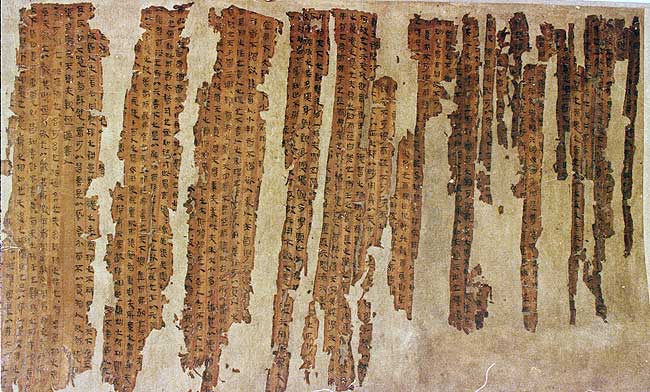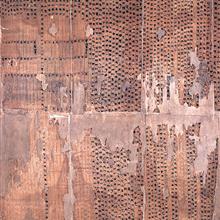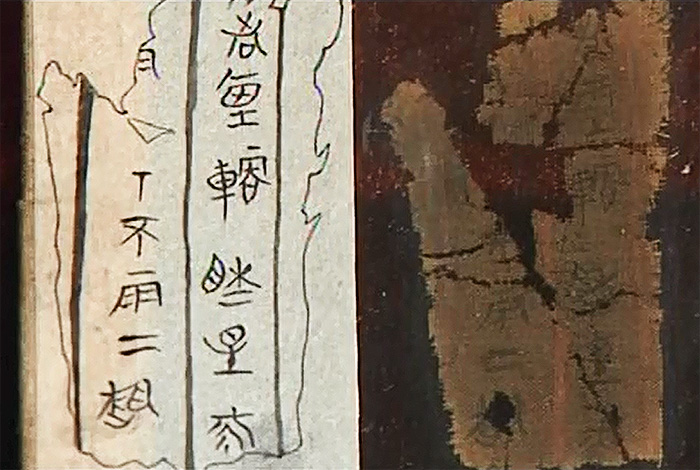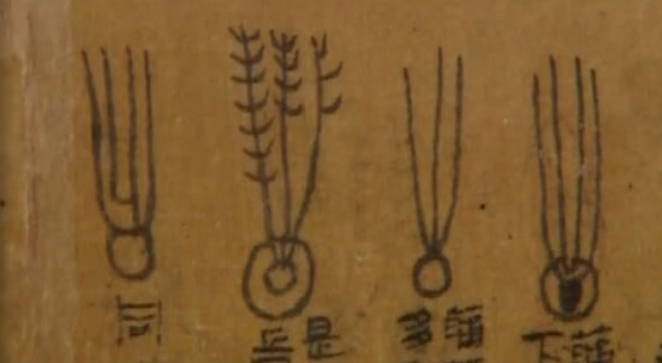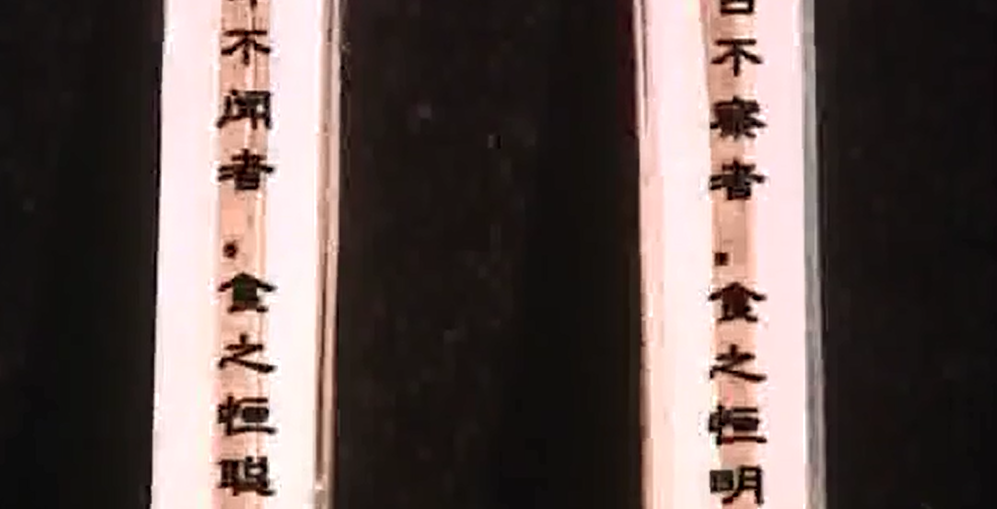Dimensions: Length: 317 cm; width: 25.2 cm
Origin: Unearthed from Tomb 3 at Mamangdui, Changsha, in 1973
The book was copied out in classical official script. The script was partially damaged, with many Chinese characters missing. The book, together with “The Yellow Emperor’s Four Canons” in four chapters following it, was written on half a breadth of silk. The extant version has 464 lines and more than 13000 Chinese characters. The book bears no chapter division, with “The Book of De” preceding “The Book of Dao”. As this version makes no avoidance of the taboo of mentioning the name of Liu Bang, the founding emperor of the Han Dynasty, the taboo of the, the time of copying this book should be before the death of the Han founding emperor. Therefore, this is the earliest hand-copied version of “Lao Zi” and will greatly help us to see the authentic version of “Lao Zi” in the early Han Dynasty. Its discovery not only has important value for the collation of existing version of “Lao Zi” but also has provided the earliest and most reliable basis for further studying the thoughts of “Lao Zi”.
